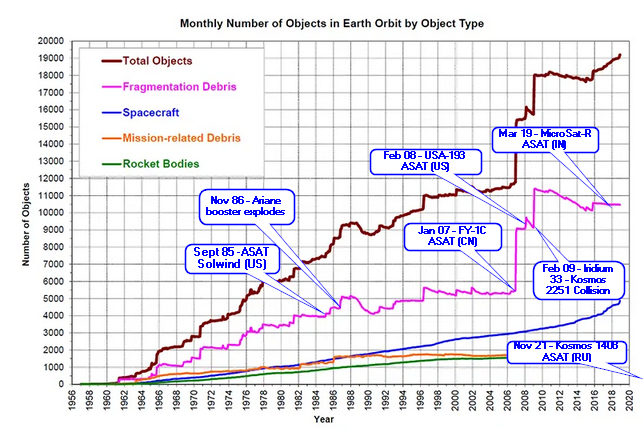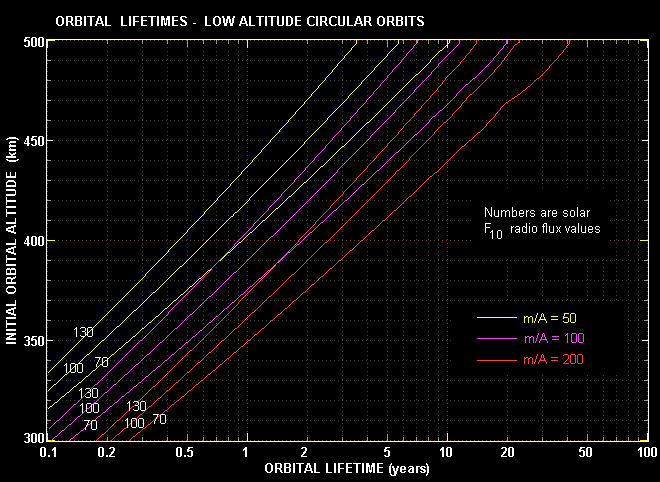A rocket booster hit the far side of the Moon on 4th of March. This is the first time that we have the reference of an unintended human-made object has ended on the surface of our natural satellite.
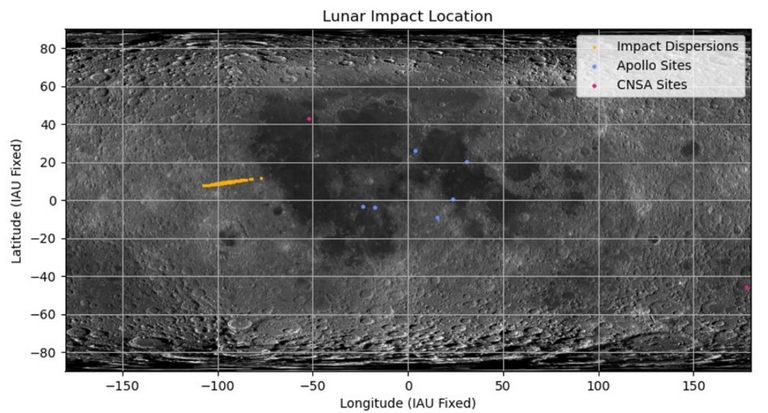
Source: Advanced Space on Twitter
This story has a little bit of everything that makes a very good example of many things that happen in the Space "world" (science, technology, politics, etc.). The study of space relies quite much in citizen science, amateur astronomers spend lots of hours observing the sky, so they have high chances of discovering "things" happening in Space and they sometimes point this situation to professional astronomers with bigger observatories or to other amateur astronomer communities so more observations or observations with better means of that object are done. If you are interested in how this interaction happens, search for Pro-Am collaboration in Astronomy (Professional - Amateur). (BTW, also check for this citizen science project in STEMsocial!)
Bill Gray is an astronomer and asteroid tracker, that maintains Project Pluto, an astrometry software widely used in the amateur community. In January he indicated he had discovered what he thought in that moment it was an abandoned SpaceX Falcon booster heading on a collision trajectory to the far side of the Moon. This happened while reviewing data of what could be an unknown rock flying Near Earth that had been posted online pending confirmation if it could be an unknown NEO (Near Earth Object). There is always someone trying to put their name to an asteroid.
More observations were done by astronomers around the globe.. In this first moment, the rocket was thought to be the last stage of NOAA's Deep Space Climate Observatory DSCOVR that is currently orbiting in the Sun Earth L1 Lagrange point (I did an article about Lagrange points that you can find here to explain JWST orbit).
However, when mixing new information an inputs, that could not be the orbit of the SpaceX launcher of the DSCOVR spacecraft. The amount of attention attracted was quite high and apparently this rocket leftover was found orbiting the sun at a very similar distance from the Sun to the Earth, 0.99 AU (where AU is an Astronomical Unit, that is equal to the distance in between the Sun and Earth)
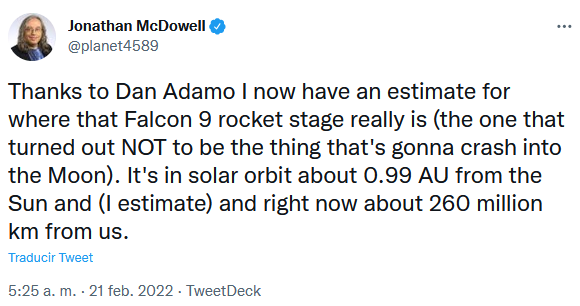
Source: Jonatan McDowell on Twitter
After discarding the last stage of the DSCOVR launch, the object was thought to be the booster of the Chinese Chang’e 5-T1 mission.. But the Chinese Space Agency claimed that booster had re-entered the Earth atmosphere... not using their own data but reports from the 18th Space Control Squadron of the US Space Force . Situation gets complicated. And people now was pointing that maybe the 18 SCS, that usually tracks objects in space and is a very useful reference for spacecraft operators, may had mixed the information of Chang’e-5 and Chang’e 5-T1 abandoned rocket body. It is not like tracking objects there is so easy.
With a big share of the attention of the Space Situational Awareness and Astronomy communities, an interesting study made in the University of Arizona clamed that based on the spectrum of the object (the frequencies of the light we get reflected), it should be the Chinese booster and not the SpaceX Falcon. For that they had to compare with other similar known parts of the same rockets that had been for approximately the same time having their paint and components degrading under the Sun in Space.
From the first moment, this crash was observed as an opportunity, if some of the spacecraft orbiting the Moon, specially the Lunar Reconnaissance Orbiter could take images of the impact, it will be possible to observe the materials flying around the crater created ("ejecta") to better understand the local composition of the Moon. It is a shame that this happened out of visibility but just observing the rests of the crash will be scientifically useful.
But wait, an abandoned rocket body?
This is absolutely not surprising. There are thousands of human-made objects flying abandoned in Space, inactive satellites, fragments of previous accidents, collisions or military tests, and the last stages of the rockets used to put our spacecraft out there. According to the European Space Agency, there are 9800 tonnes of artificial objects in orbit.
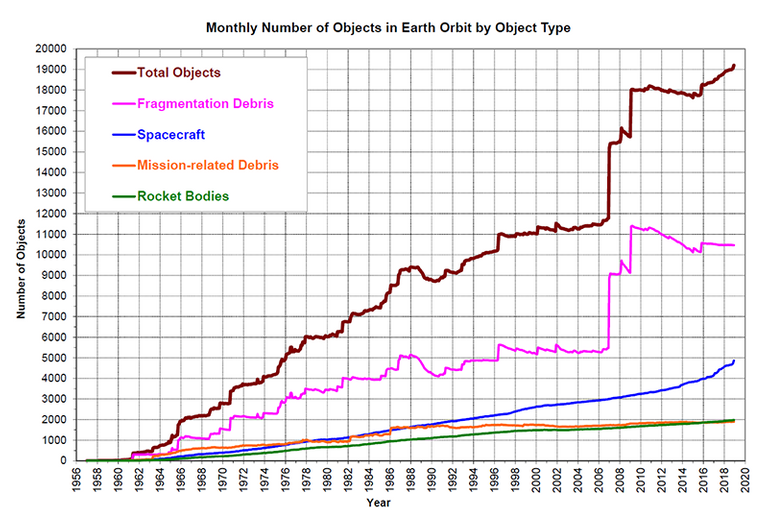
Source: NASA: ODPO (Public Domain)
With the growing number of satellites, and the Earth economy heavily and increasingly relying on Space assets, the problem with the sustainability of space activities is becoming a very hot topic in this moment. The US has their own tracking system, with special interest of the abovementioned 18 SCS and Europe is developing the EU Space Surveillance and Tracking EU Space Surveillance and Tracking initiative, private companies like LeoLabs or Privateer are developing commercial tracking systems.
The ongoing conversation regarding if we need a Space Traffic Management system or at least a Coordination system will become more and more important. The rise of mega constellations will require norms and rules better rules on how to react in Space when other spacecraft is close. And of course the situations like the Chinese claim of some Starlink satellites passing very close to their Space Station or the close approach in between ESA's Aeolus and SpaceX Starlink where the communication in between the two involved parties was everything but smooth will repeat themselves.
All this space debris that puts in risk active spacecraft is quite complicated to track, usually this is done with Radars from Ground and it is only possible to observe and track objects bigger than 10 cm.
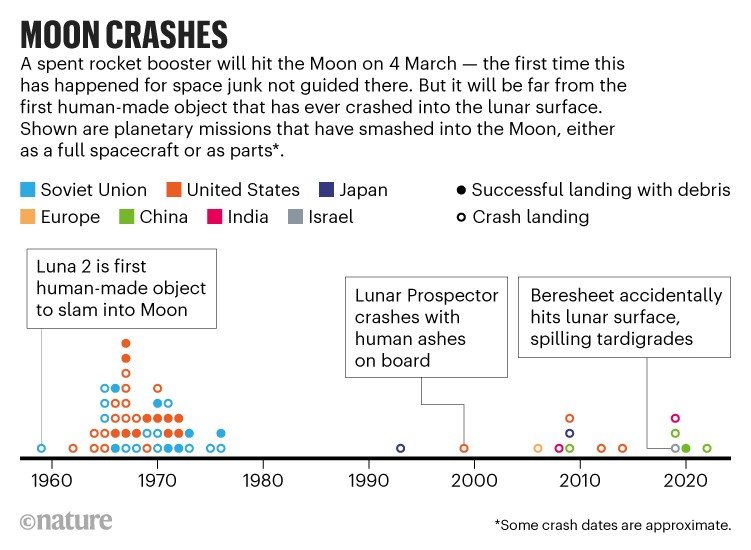
Source: Alexandra Witze, Nature with data of Jonathan McDowell.doi: https://doi.org/10.1038/d41586-022-00542-4
This may be the first unintended crash on the Moon, but it is not the first object crashing on the Moon. The last stages of the Saturn rockets of the Apollo missions were voluntarily headed to the Moon and their crash was measured with seismographers. All the missions that have orbited the moon have finished their days crashing to the satellite and there had even some accidental crash-landings, including one that was carrying dehydrated tardigrades.
Moreover, NASA has catalogued more than 800 leftovers of the Apollo era, including vehicles, parts, but also vomit bags or astronaut "poop". And they may be considered "heritage" to preserve by many.
Now, we are in a moment in which the amount of missions to the Moon and the expansion of the space exploration is increasing. And you do not want a 3 tonnes rocket falling on your Moon Base without being prepared. Should we do something to make the exploration more sustainable?
At least we need to start tracking the objects that are there. Having "Situational Awareness" and looking for risks and objects around the moon will require new techniques. These days we were reading that the US Space Force is planning to launch a Moon Patrol Spacecraft, that also unveils the big plans for the Military industry in Space.
Space Environmentalism? Space Sustainability?
Many voices have been raised towards space sustainability. It is the interest of all of us, because we rely on satellites doing their jobs, and private companies rely on safe operations to continue doing there businesses. What am I going to tell you, probably you have heard about the hypothetical event of successive crashes in between objects that could make space unusable (Kessler Syndrome). Despite of this not very probable situation, there are still no proven ways to clean the debris in orbit, but there are some like ESA ClearSpace-1 that wants to remove an abandoned rocket part from space, and currently operators are really being more careful, trying to deorbit their satellites or moving them to graveyard orbits.
What do you think, will the "Space junk" issue become a mainstream problem?
